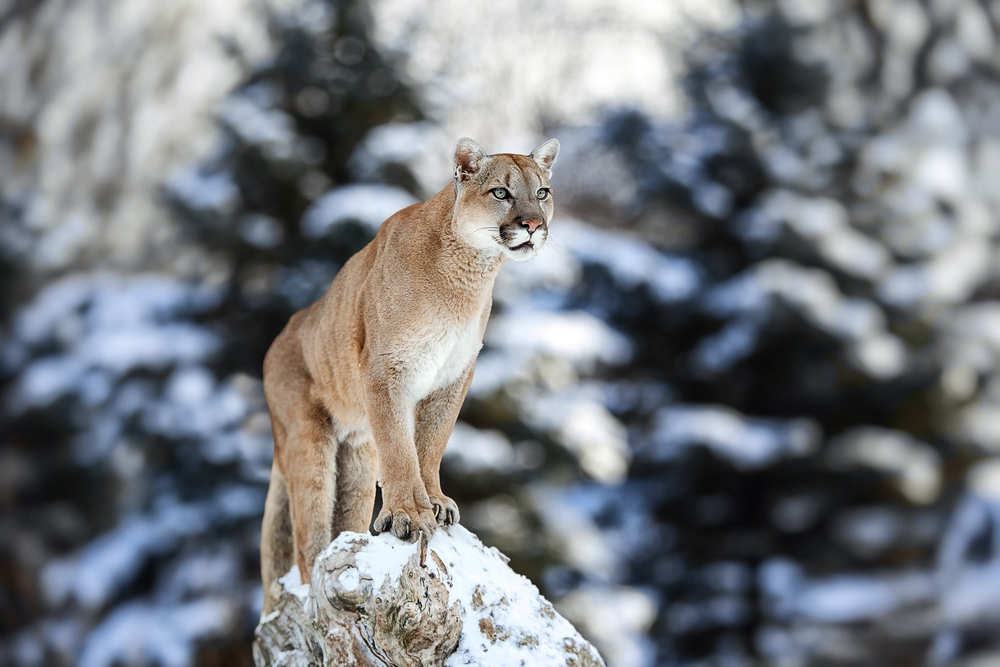
In some parts of the Eastern U.S. saying you spotted a cougar is something akin to claiming a Bigfoot sighting. The big cats once roamed a significant swathe of territory stretching from Canada to South Carolina, but – over the decades – their numbers have plummeted. It’s now been almost 80 years since one was last trapped in New England and the U.S. Fish and Wildlife Service has finally made the news official: the endangered eastern cougar subspecies is no longer in need of protection, because it has gone extinct.
Yet even this proclamation may not stop the hundreds of reports received by wildlife officials every year across the historical territory of the ‘ghost cat’; locals having long insisted that survivors do in fact still exist. However, what residents of places like Maine and Western North Carolina believe to be remnants of the eastern cougar population are more likely to be large wildcats such as lynxes and bobcats, escaped pets, or wandering individuals of other cougar subspecies that migrated across from Florida and the western states.
Despite decades without a confirmed sighting, the Eastern Cougar was added to the endangered species list in 1973 due to a belief that small populations might have survived in the southern Smoky Mountains. In 2011, a mountain lion was killed by a car on a Connecticut highway, leading to speculation that wildlife officials might finally confirm the continued presence of eastern cougars in the area. It was the first wild mountain lion recorded in the state in over a century. However, DNA tests on the carcass quickly confirmed that the 140-pound adult male wasn’t local. Geneticists at the Forest Service found that the cat had been on quite an adventure, making an epic 1,500 mile eastward journey all the way from the Black Hills of South Dakota.
In the same year, the U.S. Fish and Wildlife Service began a four-year review of all available research, examining reports from all 21 states in which the cat has been known to exist, before formally declaring the Eastern Cougar extinct in June 2015. The agency is accepting public comments on the animal’s planned delisting from the endangered species list until August 17th.
As with many recent extinction events, humans are largely to blame. Eastern cougars began to disappear as far back as the 19th century when European immigrants killed them to protect their families and livestock. Extermination campaigns coupled with mass habitat destruction rapidly further destabilised cougar populations, ultimately sealing the subspecies’ demise.
The conservation status of another endangered subspecies of cougar—the Florida panther—has yet to be reevaluated, despite the belief that only around 160 now remain in the wild.
